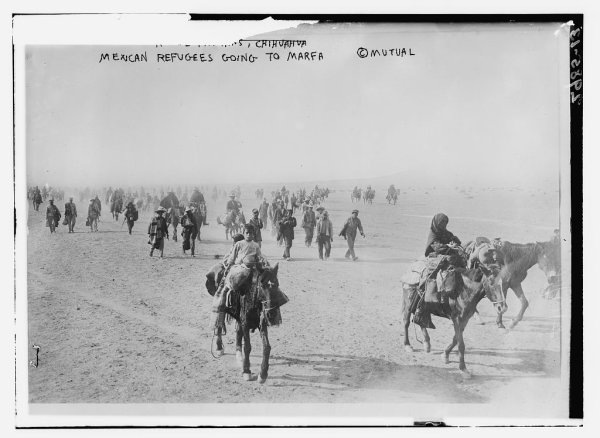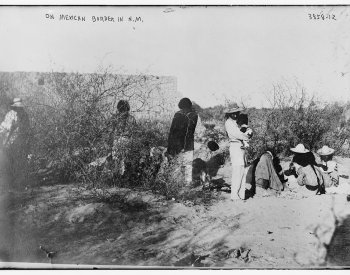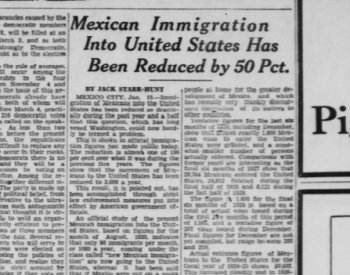Perhaps one million Mexicans—about 1 in 15—came to the United States from 1900 to 1930 in the first large wave of Mexican migration to the country. In this lesson plan, students analyze historical documents to investigate the central historical question: What caused the first wave of migration from Mexico to the United States?
We developed this lesson with the support of the Educating for American Democracy (EAD) participants and in collaboration with Los Angeles Unified School District. We designed this lesson with 3rd- and 4th-grade classrooms in mind, but it is readily adaptable for use with older students. It focuses on the EAD theme of “We the People” for grade 4 by presenting students an inquiry into one history of how “the nation’s population [has] changed over time.” Through guided exploration of the history of the first wave of Mexican migration to the United States, it addresses the history driving questions, “How have push-pull factors changed the U.S. population over time?” (HDQ3.2A) and “How have different groups shaped our society?” (HDQ3.2B) as well as the history guiding questions, “Where, when, and why have people from different parts of the world come to the U.S.?” (HSGQ3.2B) and “How do the stories of Indigenous Americans, African Americans, Euro- Americans, Asian Americans, and Latinos and Latinas help us better understand who we are?” (HSGQ3.2F). To access the other Reading Like a Historian K-5 lessons made in this collaboration, click here.

Image: Photograph of Mexican refugees going to Texas, 1914. From the Library of Congress.

